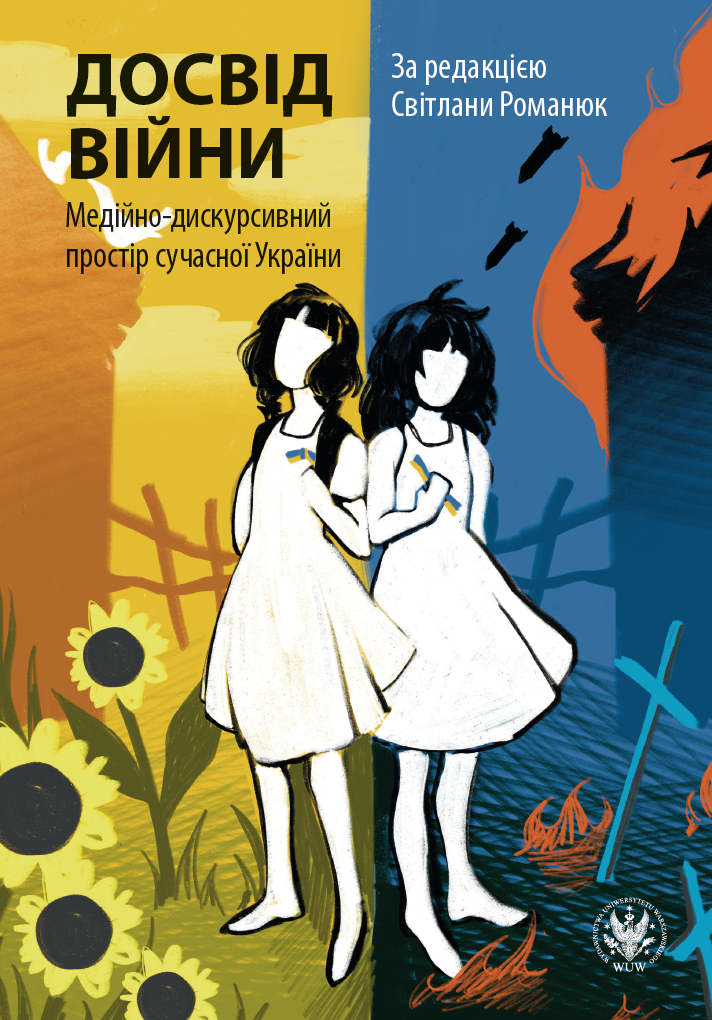Розмовники воєнного часу
Wartime Phrasebooks
Author(s): Oleksandra Antoniv
Subject(s): Cultural history, Theoretical Linguistics, Applied Linguistics
Published by: Wydawnictwa Uniwersytetu Warszawskiego
Keywords: phrasebook; lexical competence; communicative competence; situational approach; crisis; Ukrainian language
Summary/Abstract: Phrasebooks as a genre are an interesting linguistic phenomenon known since the ancient times. The first Ukrainian phrasebook is attested at the end of the 17th century. In today’s world, phrasebooks are a common phenomenon, with frequent reprints of phrasebooks, or entire series of phrasebooks from one publisher, in which only the target language is changed. Yet an interesting category of works remains outside the attention of researchers – phrasebooks that arise as a reaction to a crisis, namely wartime phrasebooks. Such phrasebooks have been known since the Second World War. The author mentions the unique German-Russian-Ukrainian-Polish Ostarbeiter’s phrasebook, published by the Institute of Eastern Europe in Breslau in 1943. The object of the present study was three modern phrasebooks that appeared during the Ukrainian-Russian war (2022–2023): "A Ukrainian-Polish Phrasebook for Schools" by Katarzyna Jakubowska-Krawczyk, Svitlana Romaniuk and Marta Zambrzycka; Anna Ohoyko’s "Ukrainian Phrasebook for Helping Refugees" and the ICOON pictographic dictionary. The study of their micro- and macro-structure and content makes it possible to draw certain conclusions. Phrasebooks arise as a reaction to an extralinguistic situation and reflect the recipient’s linguistic picture of the world. Wartime phrasebooks show a change in the thematic content, like the absence of the usual topics: "Lesuire", "At the museum", "At the hotel", and the emergence of new topics not encountered before, e.g. "Communication with children", "Safety at school", "Emotions", "War in Ukraine", "Political slogans". If peacetime phrasebooks are for those who go abroad to travel, wartime phrasebooks are for those fleeing war and those who host refugees, educate children, volunteer, and treat patients. Special attention is paid to communication with children in a crisis. In the language of wartime phrasebooks, we note an expansion of the lexical content of specific topics, e.g. health: covid, and the emergence of new vocabulary groups: war, violence. In the syntax of wartime phrasebooks, we observe an increase in imperative and interrogative sentences. Modern ways of disseminating information have made phrasebooks more accessible (on government offices’ websites, using QR codes, with the option of downloading applications to your phone). A pictographic version of a phrasebook for Ukrainians is attested for the first time. The above conclusions give grounds for expanding the criteria for classifying phrasebooks to foster further detailed analysis and systematization of the rich and exciting linguistic material.
Book: Досвід війни. Медійно-дискурсивний простір сучасної України
- Page Range: 123-134
- Page Count: 12
- Publication Year: 2024
- Language: Ukrainian
- Content File-PDF

